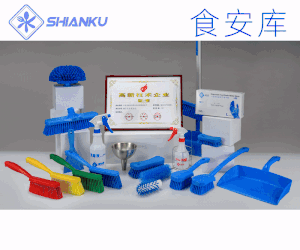食品伙伴網訊 2025年6月24日,歐盟食品安全局就一種食品酶內切-1,4-β-木聚糖酶(endo-1,4-β-xylanase)的安全性評價發(fā)布意見。
經過評估,專家小組認為,在預期的使用條件下,不能排除通過飲食接觸引起過敏反應的風險,但這種情況發(fā)生的可能性很低。根據所提供的數(shù)據,小組得出結論,該食品酶在預期的使用條件下不會引起安全問題。部分原文報道如下:
The food enzyme endo-1,4-β-xylanase (4-β-d-xylan xylanohydrolase; EC 3.2.1.8) is produced with the non-genetically modified microorganism Trichoderma citrinoviride strain X31 by Shin Nihon Chemical Co., Ltd. The food enzyme was considered free from viable cells of the production organism. It is intended to be used in nine food manufacturing processes. Since residual amounts of food enzyme–total organic solids (TOS) are removed in two processes, dietary exposure was calculated for the remaining seven food manufacturing processes. It was estimated to be up to 0.674 mg TOS/kg body weight (bw) per day in European populations. Genotoxicity tests did not indicate a safety concern. The systemic toxicity was assessed by means of a repeated dose 90-day oral toxicity study in rats. The Panel identified a no observed adverse effect level of 2210 mg TOS/kg bw per day, the highest dose tested, which when compared with the estimated dietary exposure, resulted in a margin of exposure of at least 3279. A search for the homology of the amino acid sequence of the endo-1,4-β-xylanase to known allergens was made and no match was found. The Panel considered that a risk of allergic reactions upon dietary exposure cannot be excluded, but that the likelihood is low. based on the data provided, the Panel concluded that this food enzyme does not give rise to safety concerns, under the intended conditions of use.
本文由食品伙伴網食品資訊中心編輯,供網友參考,有任何疑問,請聯(lián)系news@foodmate.net。
相關政策解讀











 地區(qū):
地區(qū):






 魯公網安備 37060202000128號
魯公網安備 37060202000128號



